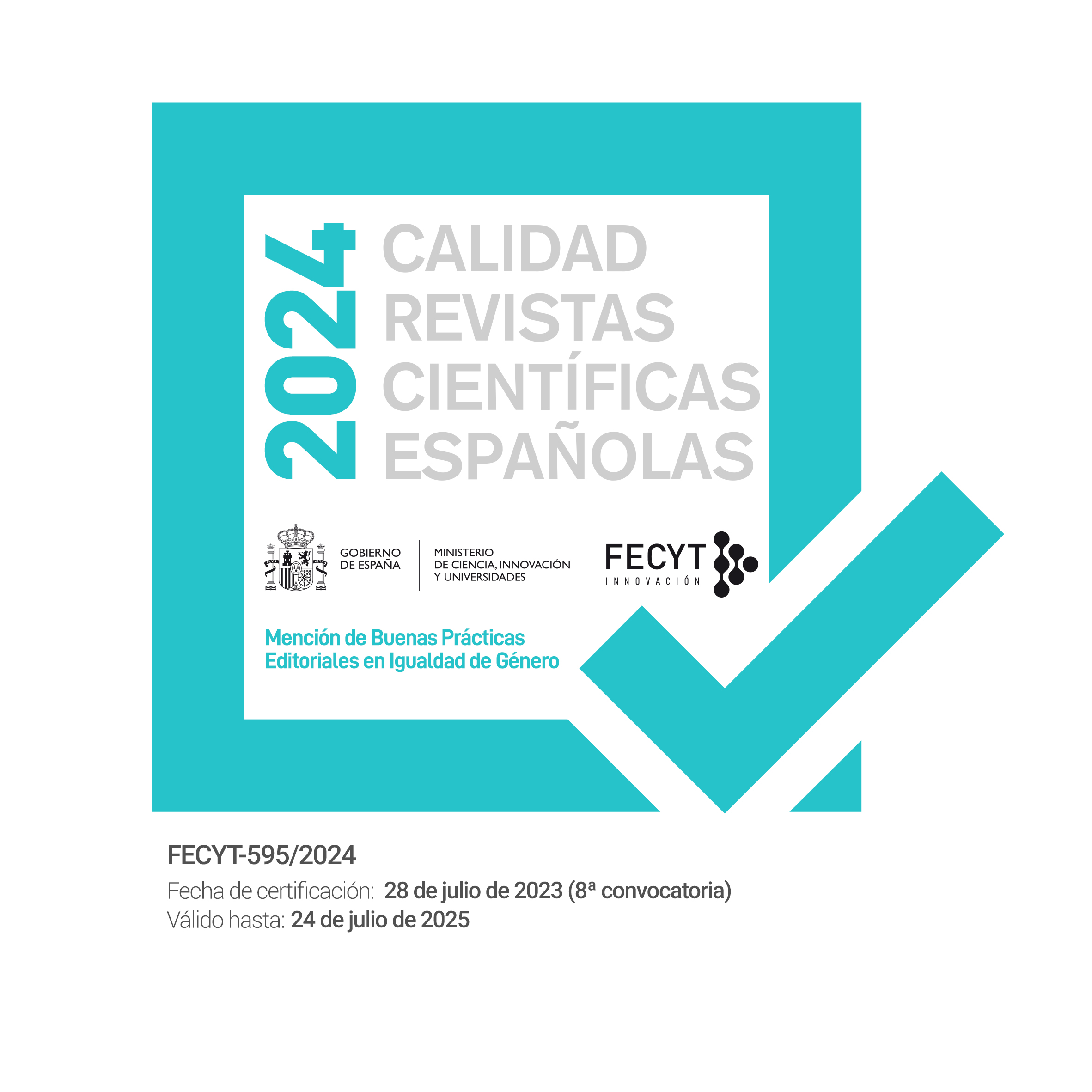Submissions
Submission Preparation Checklist
As part of the submission process, authors are required to check off their submission's compliance with all of the following items, and submissions may be returned to authors that do not adhere to these guidelines.-
Work has not been published or has not been subject to consideration by any other journal (or an explanation regarding the editor's comments has been provided).
-
Work has been presented in a communication or congress. If so, work must have been substantially amended in order to be published in journal, and this situation must be explained by the author.
- All authors who had participated in the project development, agreed for evaluation and included in the project authorship.
-
Those individuals who even though they didn’t work but contributed to the project development and are authorized to be in this project, must be included under acknowledgements.
-
Follow journal guidelines in regard with bibliographical references and cites. Each author shall be responsible for the citations appearing in text.
-
File will be submitted in OpenOffice format, Microsoft Word, RTF or WordPerfect, and will follow the journal regulations.
-
Text must follow the stylistic and bibliographic requirements summarized in the author’s guidelines under the About the Journal section.
-
Ehquidad recommends that authors report on whether conclusions have taken possible differences between sexes into account for papers that have been carried out with research data with sex variable.
Privacy Statement
Names and e-mails included in this journal will be exclusively used for the purposes stated therein and shall not be provided to third parties or for any other purpose.











